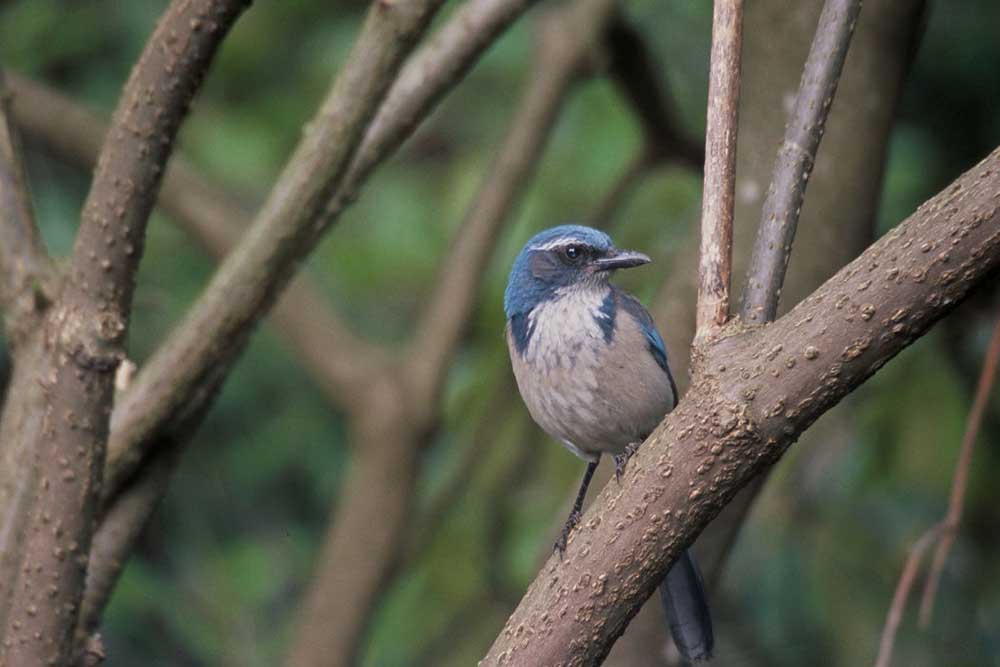Scrub jay caches seeds and nuts
Published 12:00 am Wednesday, September 24, 2014

- Courtesy U.S. Fish and Wlidlife Service / Submitted photoWestern scrub jay
Western scrub jay
Scientific name: Aphelocoma californica
Characteristics: A medium-sized jay with a blue head, wings and tail; grayish back and pale-gray underparts. The sexes have similar plumage, and these jays average 11 inches in length. Their face mask is dark, as is the stout bill, bordered with a white eyeline, and the light-colored throat is outlined in blue.
Breeding: The birds build a nest of twigs and rootlets with some plant material and livestock hair, if available, that is often located in a tree or shrub with dense foliage. The female incubates the eggs for about 16 days, and the birds fledge at 17 to 19 days old. An typical nest holds two to seven eggs.
Range: A Western species found from Washington to Baja California and east to Texas and Wyoming.
Habitat: Found in lower-elevation woodlands, from juniper to chaparral, and urban environments, as well.
Food: These jays eat a variety of food, from grains, seeds, acorns and fruits to insects, amphibians, eggs of other birds and sometimes nestlings of other species.
Comments: The genus name translates into “smooth hair” or “without crest.” Unlike the Steller’s and blue jay, these jays do not have a crest. The species name means “of California,” where the first scientific specimen was observed. Like other jays, the scrubjay will cache nuts and seeds for future use; but it will also steal acorns and nuts from other bird’s caches. These jays have been known to glean insects and ticks off the backs of deer. A group of jays is known as a “scold” or “party.” These jays may be observed in small groups as compared with the large flocks of pinyon jays.
Current viewing: Woodlands and residential areas throughout Central Oregon such as Shevlin Park, the Old Mill District, Deschutes River Trail, Smith Rock State Park and many other locations.
— Damian Fagan is an East Cascades Audubon Society volunteer and COCC Community Learning instructor. He can be reached at damian.fagan@hotmail.com.
Sources: Oregon Department of Wildlife Resources, whatbird.com and “The Audubon Society Encyclopedia of North American Birds” by John Terres






